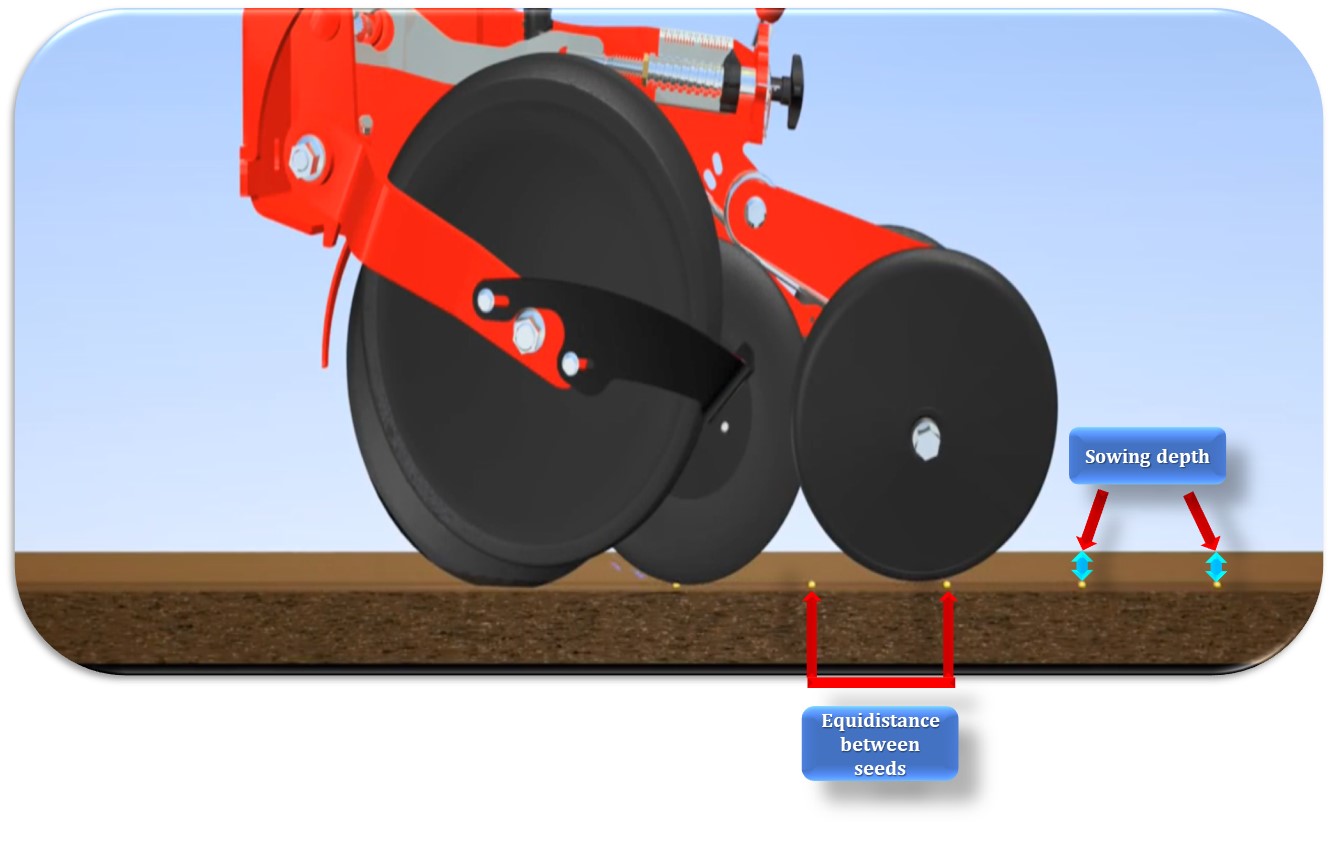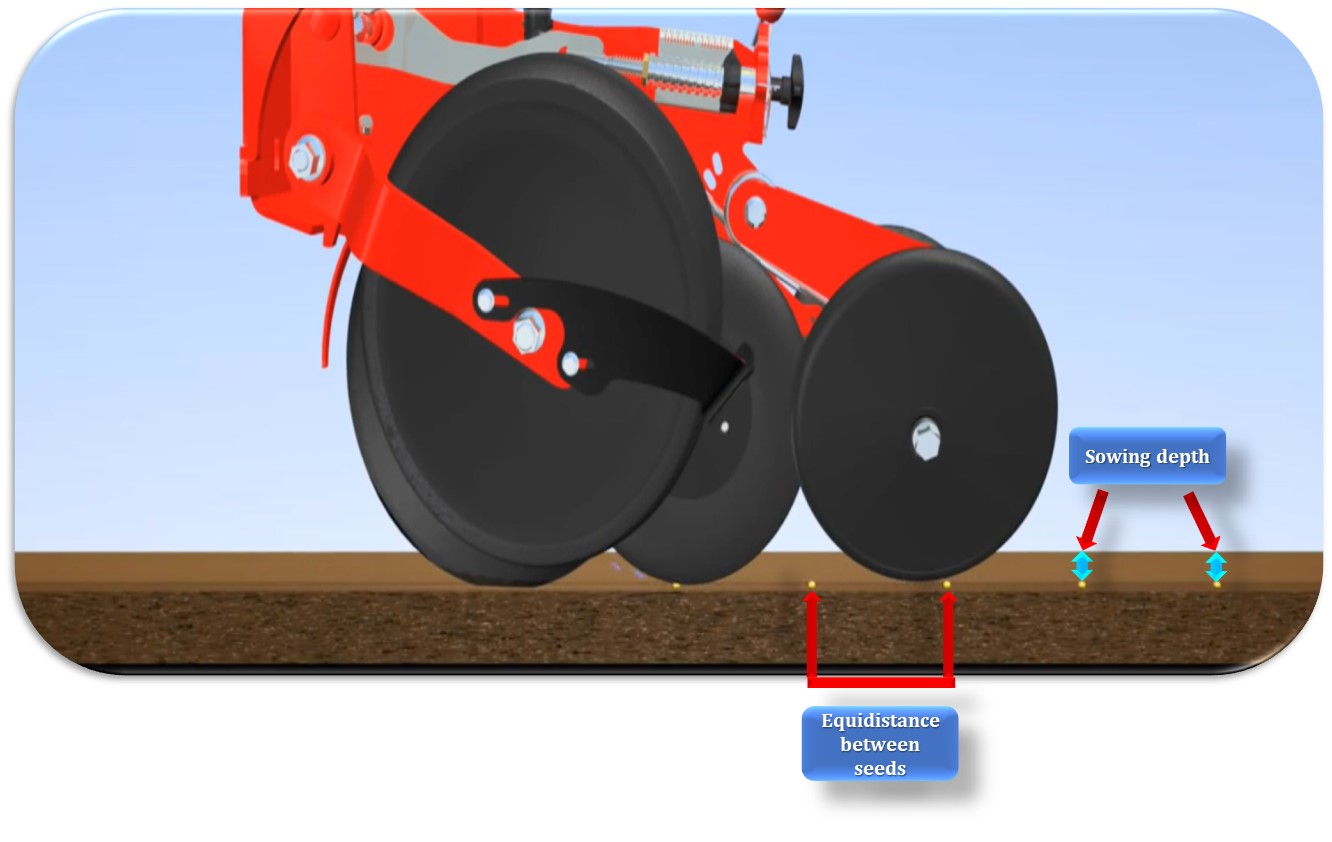Corn (Zea mais L.) sowing quality in the province of Corrientes, Argentina
Keywords:
density, spatial distribution, depthAbstract

In three departments of the Corrientes province, the performance of 6 seeders was evaluated during corn sowing at three different speeds for each machine. A randomized complete block design was used with nested treatments arrangement. A seeder factor (6 types), a speed factor (3 levels) and three blocks determined a total of 54 experimental units. As for the speed factor, the first level corresponds to speed 2 (Sp 2) which the operator regularly uses. The second level and the third level correspond to a lower speed (Sp 1) and a higher speed (Sp 3) respectively which were used for this study. The equidistance between seeds and sowing depth were analysed as the response variable. Conclusions: 1) Four of the six seeders studied at three chosen speeds showed no differences regarding seed deposition. This was observed considering significant differences between sowing depth and seed spacing in a given line. 2) The two methodologies used to evaluate sowing efficiency, i.e. the coefficient of variation (CV) and the ISO 7256-1 standard, showed differences in evaluation. The second technique was more accurate since no differences between treatments were found with the CV. 3) According to these results, it is possible to conclude that the corn sowing quality in the Corrientes province is acceptable at the sowing speeds used by the contractors.
Highlights
- The corn crop sowing quality process carried out by the contractors in the Corrientes province is within the standards set by international regulations.
- Sowing quality remained at acceptable values between speeds of 5,7 and 10,5 km h-1.
- The international standard ISO 7256-1 to measure sowing quality presented greater requirements with respect to the local methodology generally used in Argentina based on the coefficient of variation.
Downloads

Downloads
Published
How to Cite
Issue
Section
License
Aquellos autores/as que tengan publicaciones con esta revista, aceptan las Políticas Editoriales.










.jpg)




